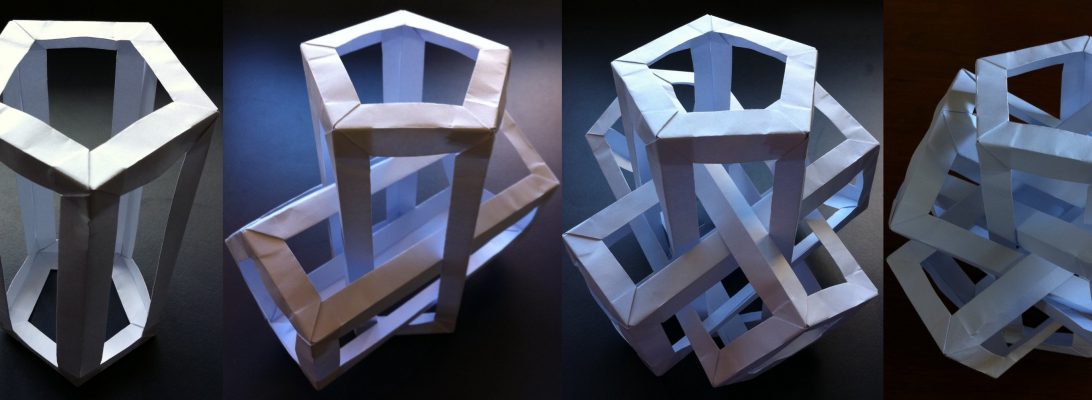I have had this model on my “to do” list for ages – I had shied away from it because of what I perceived was a brutal precreasing sequence and impossible collapse:
That said, with a little large scale and some accurate pre-forming, the laying of the corrugations was fairly straightforward – all based on halves. Laying crenelations across these were fiddly in low light, and had I realised they would be angle bisecting squares later then I think I could have been more accurate. Continue reading















